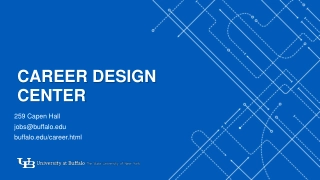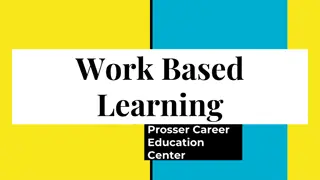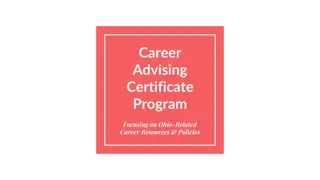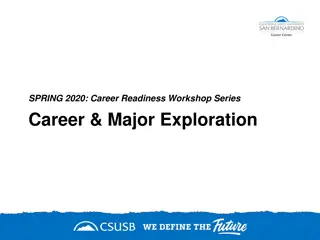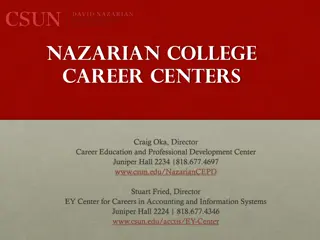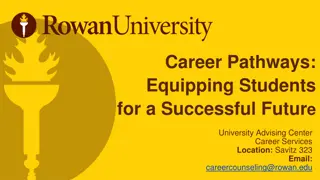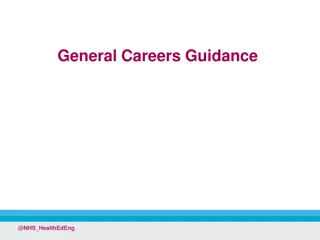Understanding Career Planning and Its Benefits
Career planning is a systematic process that helps individuals set career goals and align them with organizational needs. By providing promotional opportunities, attracting skilled candidates, and enhancing employee motivation, career planning contributes to organizational success. It involves continuous development, integration of individual and organizational needs, and guidance from the organization. Advantages include increased loyalty, better training, morale boost, and effective performance appraisal.
Download Presentation

Please find below an Image/Link to download the presentation.
The content on the website is provided AS IS for your information and personal use only. It may not be sold, licensed, or shared on other websites without obtaining consent from the author. Download presentation by click this link. If you encounter any issues during the download, it is possible that the publisher has removed the file from their server.
E N D
Presentation Transcript
CAREER PLANNING Career planning is the systematic process by which one selects career goals and the path to these goals. From the organisation s viewpoint, it means helping the employees to plan their career in terms of their capacities within the context of organisation s needs. A career can be developed by an individual within one organization or several others. Considering career planning as a process within the organization, career planning is that part of personnel administration which aims at developing paths through which employees may progress in the organization over time.
NEEDS OF CAREER PLANNING:- 1. To provide suitable promotional opportunities to the employees who are really deserve for it. 2. To attract competent capable,skilled trained candidate toward the company and to retain them in the organisation. 3. To improve and increase motivation and morale among the employees. 4. To enable the employees to develop themselves and keep them ready to meet the various future challenges. 5. To correct employee placement if there are errors in placement of some employees. 6. To optimize the utilization of managerial reserves within an organisation. 7. To reduce employee dissatisfaction and turnover.
THE SALIENT FEATURES OF CAREER PLANNING INCLUDE THE FOLLOWING: (i) Career planning is a process of developing human resources rather than an event. (ii) It is a continuous process due to an ever changing environment. (iii) It is not an end in itself but a means of managing people to obtain optimum results. (iv) It is the responsibility of the organisation to provide guidance and counselling to its employees in planning their careers and in developing and utilising their knowledge and skills. (v) The basic aim of career planning is integration of individual needs and organisational needs.
THERE CAREER PLANNING GIVENAS UNDER: ARE SEVERAL ADVANTAGES OF (1) Whenever career planning is pursued as an HRD effort by the management employees will work with loyalty, commitment to their assignment ultimately benefited to the organisation. (2) Training and development programme will highly maintain to the employees, because training will improve their potential capabilities. (3) Career plans and opportunities for advancement,enhances the morale of the employees. (4) Designing of an open,non-evaluative,performance appraisal system and its implementation makes the career planning work easier ad helps in assessment of promotability of an employee and ascertaining the level of responsibility which an employee can execute. (5) Self-appraisal by employees is good in view of career prospects. (6) The methods and content of training programmes should be in accordance with the career prospects of employees. (7) Counselling is likely to be more convincing and fruitful if it is administered in the light of career plans and opportunities of advancement.
LIMITATIONS:- 1. Not suitable for small organizations and particularly for ownership ventures 2. Not suitable for unskilled and semi-skilled jobs (like what reported for employees working in the garments industry) 3. Long-term planning not feasible due to financial constraints and unfavourability of the business environment (economic conditions) 4. Political intervention and union pressurization 5. Careers in some sectors do not have much scope for advancement 6. Technological and economic factors may lead to declining stage to some career.



